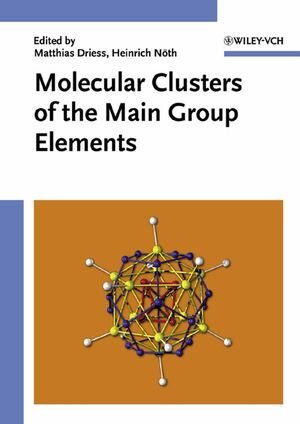
„To summarize, Molecular Clusters of the Main Group Elements is certainly not a popular science book, nor is it a textbook; it is a very good, up-to-date collection of articles for the specialist.“
„The present publication will be of great value for researchers working with molecular clusters.“
E-STREAMS, November 2004
„This book is by far the best such compilation produced to date.“
Journal of the American Chemical Society,
February 16, 2005
With more than 20 contributions from leading research groups, this book provides essential information for chemists and materials scientists working with molecular clusters.
It treats both homonuclear and heteronuclear clusters, including:
the theory and concepts in main-group cluster chemistry,
* novel boranes and heteroboranes,
* silicon/germanium/tin clusters,
* alkali metal suboxides,
* clusters in alloys with mercury,
* chalkogen clusters
* and numerous other compound classes.
The whole is illustrated by examples of the great potential for technical applications such as
electron storage, cancer therapy and in optoelectronic devices.
Its systematic coverage of all relevant main group elements makes this the prime reference source in the field.



